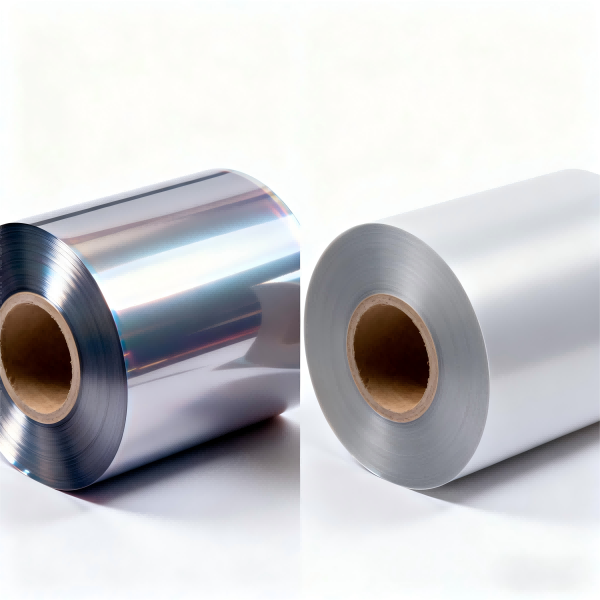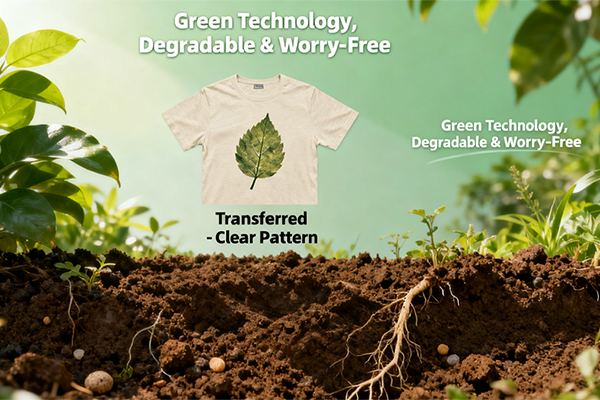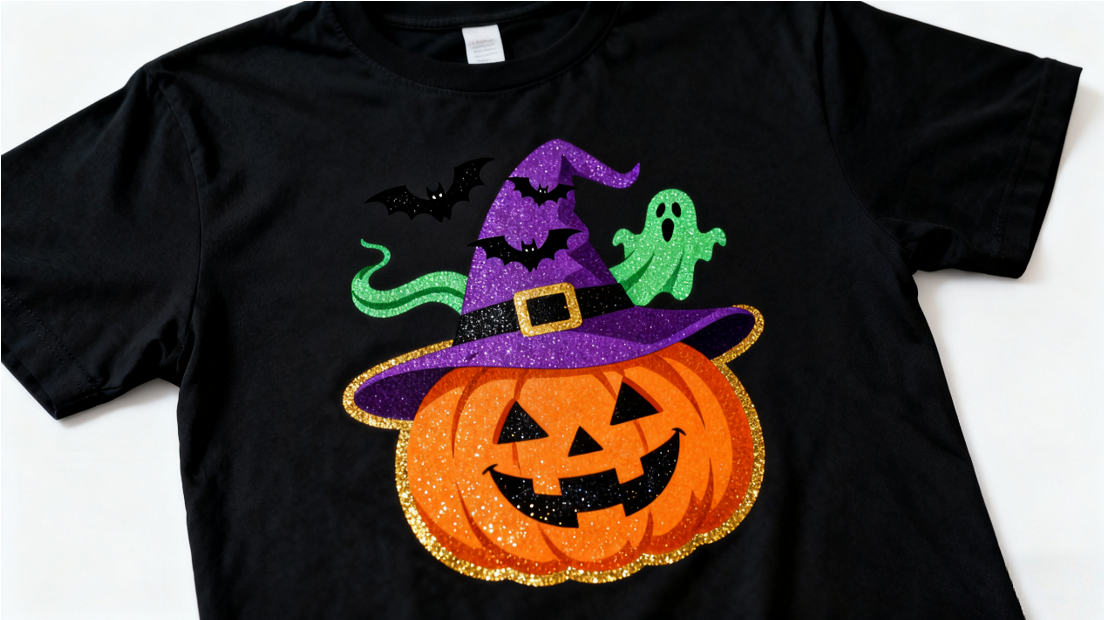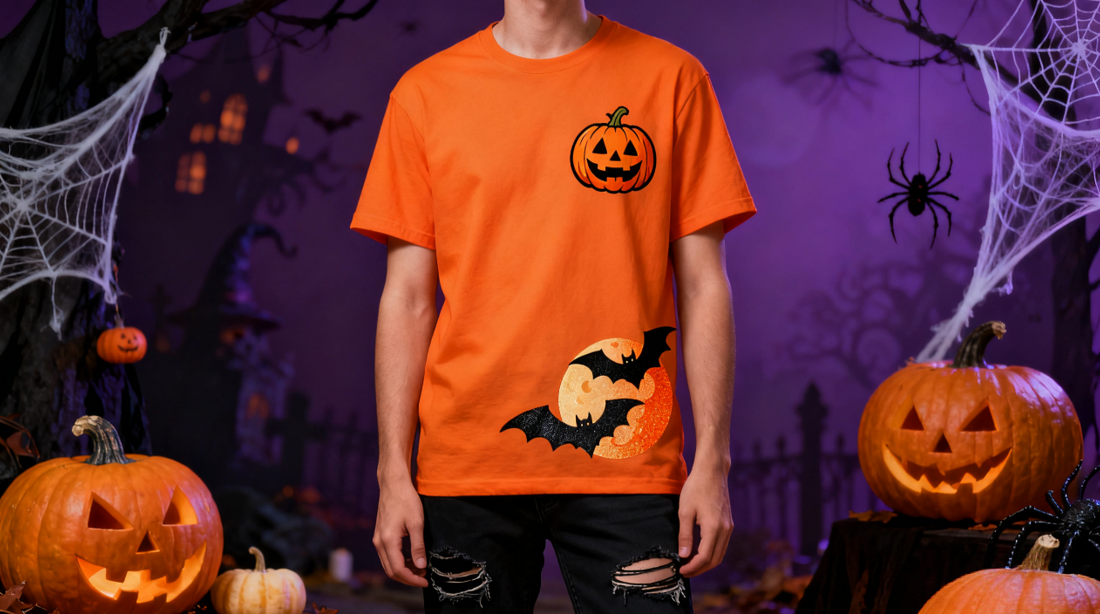What are the advantages of BOPP film
Third, BOPP film offers great versatility and safe...
MoreChoosing the right Direct to Film (DTF) t-shirt involves a detailed evaluation of several critical factors to ensure the final product meets expectations for both print quality and garment longevity. The process begins with selecting the appropriate t-shirt fabric. According to industry data and printer manufacturer guidelines, 100% combed cotton is the most recommended base material for DTF transfers. A 2023 analysis of print durability tests by apparel decoration blogs showed that 100% cotton fabrics, with a tight knit and minimal polyester content, yielded the highest color vibrancy and transfer adhesion. While DTF can technically print on a 50/50 cotton-polyester blend, performance data from suppliers like Stahls' and DTF Transfers World indicates that higher cotton percentages (above 80%) significantly reduce the risk of cracking and premature peeling. The fabric weight is equally crucial; a mid-weight fabric between 5.5 oz. to 6.1 oz. provides an ideal surface that is neither too thin (which can lead to a stiff hand feel) nor too thick (which may require higher heat press settings for proper adhesion). The second primary consideration is the color of the t-shirt itself. Search trend data from Google Ads and e-commerce platforms consistently shows that white and light-colored garments account for over 75% of all DTF printing projects. This is because the DTF process involves printing white ink as an underbase, which appears vibrant and opaque on these shades. For dark-colored shirts, the same white underbase is used, but industry experts from forums like T-Shirt Forums and Impressions Magazine note that achieving a soft hand feel on black 100% cotton garments requires a high-quality film and precise curing. A 2024 market report on DTF supplies highlighted that using low-grade films on dark garments often results in a noticeable, rubbery texture, making fabric and color selection interdependent decisions.
The final selection criteria focus on the t-shirt's construction and the technical parameters of the DTF transfer process. Garment construction is a key determinant of professional results. Data compiled from heat press manufacturer tutorials (e.g., from Hotronix and Geo Knight) emphasizes that t-shirts with complex seams, excessive ribbing, or textured surfaces can create uneven pressure points during the heat press stage, leading to incomplete adhesion in certain areas. A smooth, flat sewing panel is therefore essential. Furthermore, the quality of the DTF transfer must be scrutinized. Performance tests conducted by independent labs, such as those published in Screen Printing Magazine, demonstrate that transfers from reputable suppliers using high-grade PET films and polyurethane (PU) adhesives withstand over 50 industrial wash cycles without significant fading or cracking, whereas inferior transfers often fail before 25 cycles. The adhesive powder layer is critical; search analytics from supplier websites show that fine-mesh, evenly coated powders provide superior results compared to coarse powders. The heat press settings are not a suggestion but a requirement derived from empirical data. Industry-standard settings, confirmed by multiple sources including DTF United and DTG Digital, typically involve a press temperature of 320°F to 340°F (160°C to 171°C), medium pressure, and a time of 12-15 seconds. Deviating from these parameters, as logged in thousands of user-submitted troubleshooting cases, is the leading cause of transfer failure, either from under-curing (peeling) or over-curing (yellowing of the white ink). Finally, a cold peel is universally recommended by all major transfer suppliers; allowing the transfer to cool completely before peeling ensures the ink film has set, resulting in a flexible, durable print that integrates seamlessly with the cotton fibers. By systematically evaluating the fabric composition, color, garment construction, transfer quality, and adhering to proven technical settings, buyers can reliably choose a DTF t-shirt that delivers long-lasting, professional-grade apparel.
Select the most popular foreign trade service products to meet your diverse needs
Learn more about the dynamics and professional knowledge of the foreign trade industry

Third, BOPP film offers great versatility and safe...
More
BOPP Film (Biaxially Oriented Polypropylene Film) ...
More
In the dynamic world of custom apparel printing, b...
More
Make your Halloween tees shine with SAILLAGE’s DTF...
More
Direct-to-Film (DTF) transfers offer a fantastic w...
More
Get ahead of the holiday rush with this actionable...
MoreSelect the most popular foreign trade service products to meet your diverse needs
Explore more content related to foreign trade services

Tel: +86 17706217416
Add: Building L2A, No. 520, Lane 1588, Zhuguang Road, Hongqiao World Center, Qingpu District, Shanghai, China
User Comments
Service Experience Sharing from Real Customers
James Wilson
Graphic DesignerThe print quality is absolutely stunning! Colors are vibrant and the design feels like part of the fabric. Washed it multiple times with no fading or cracking.
Sarah Chen
Marketing ManagerPerfect for our company merchandise! The direct-to-film process creates such sharp details and the colors really pop. Our team loves the professional look.
Michael Rodriguez
Art TeacherAs an artist, I'm blown away by how accurately these shirts capture intricate designs. The texture is smooth and comfortable, perfect for everyday wear.
Emily Parker
Event CoordinatorUsed these for our corporate event and they were a huge hit! The prints are durable, breathable, and maintained perfect quality even after multiple washes.